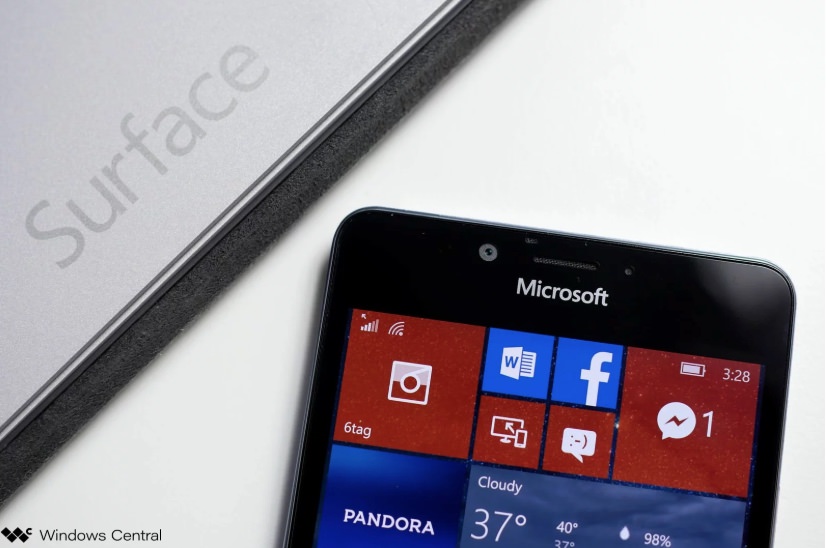From Zac's full feature, a short extract to whet your appetite:
A great example of this is with the Start menu and Action Center on Windows 10 for desktop and Windows 10 Mobile. While Microsoft tried very hard to make these experiences seem the same, underneath they were very different. Keen-eyed users would have likely noticed differences in features between the two Start experiences, and that's because for one feature to be available on both platforms, it needed to be built twice, not just once. Live tile folders is a perfect example of this, a feature that was first found on Mobile took over a year to appear on desktop.
As it stands today, there's a lot of extra work and overhead Microsoft needs to deal with every time it wants to build a version of Windows 10 for a new device type, such as foldables. None of the versions of Windows 10 on the market today would be a good fit foldable PCs, and while Microsoft could start building yet another version of Windows 10 for this category of devices, they'd also have to rebuild many of the existing features and functions you can find on other versions of Windows 10 already to ensure those features behave and operate correctly on this form factor. It's a waste of resources and effort.
That's where Windows Core OS comes in. With Windows Core OS, Microsoft is building a universal base for Windows that can be used across all these different devices. Instead of having to develop a new version of Windows 10 for every new device type that comes along, Microsoft can simply use Windows Core OS, pull in features and functions it has already built for it, and create it as an OS for that device type, with way less overhead and resources.
Windows Core OS strips Windows down to the bare minimum. It doesn't have legacy Win32 program support, or feature any legacy shell interfaces, and sticks to UWP as a core for the operating system as it's lighter and already universal...
He goes on to explain where CShell (Composable Shell) comes in - it's effectively a modular UI that sits upon the already modular Core OS.
It's interesting to see how close Windows 10 Mobile is/was to all of this. Clearly you couldn't take this and scale it up to other form factors as-is, but there's still an awful lot of commonality between Windows 10 Mobile (on ARM) and what will end up as CShell on Core OS (also on ARM).
In some ways, Windows 10 Mobile was actually ahead of its time - though with no real retail hardware anymore it's all rather a moot observation.

